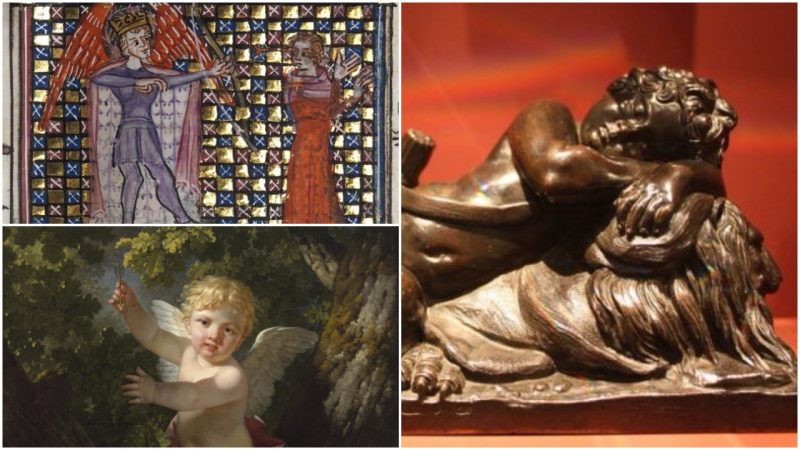Everybody knows Cupid. The little, winged guy, sometimes chubby, sometimes slim who is the god of erotic love and desire in classical mythology; just like his counterpart Eros in Greek mythology.
Cupid is a childish god who, without much hesitation, gives “his blessing” for all romantic affairs when he wishes to do so. And yet, the reason that he has wings represents the free will of the lovers. It means that lovers can always change their minds and fly away from each other.
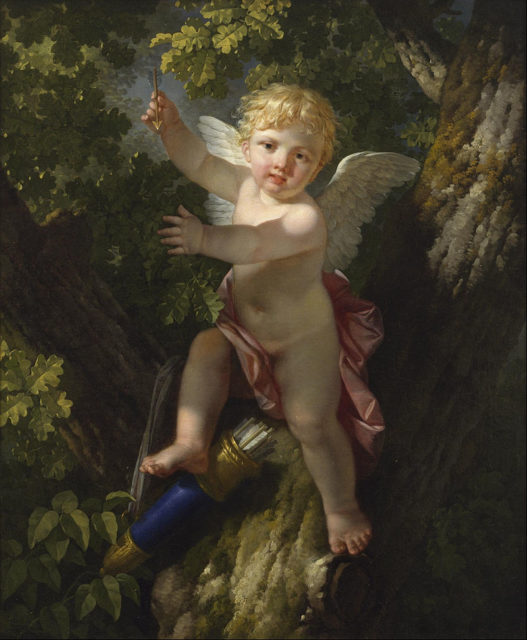
Cupid’s source of power are his bow and arrow, and when he shoots somebody with his arrow, that person is filled with a desire that they cannot control. Other than this, Cupid has no power or wisdom to influence any further actions, so in the myths, he is usually the character who sets the plot in motion. However, there is one interesting tale named “Cupid and Psyche,” where Cupid is the main character and in which he gets accidentally wounded by his own arrow and experiences love.
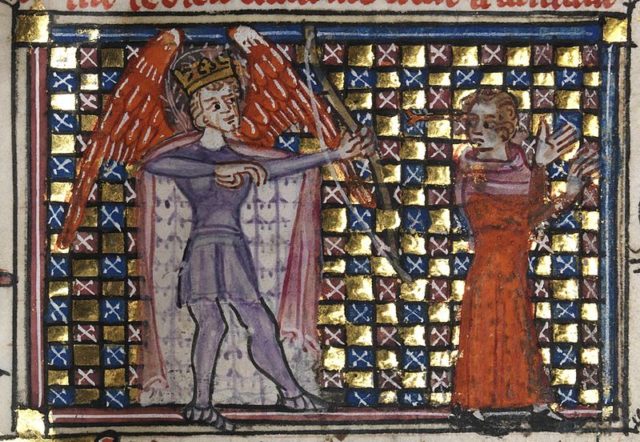
However, even though he generally has a minor role, everybody is familiar with him and what he does. Cupid survived the Roman art, the Classical Western art, and continued to be popular in the Middle Ages. In popular culture, Cupid became the symbol of romantic love and he is often used as an icon of Valentine’s Day. The concepts and myths about Cupid, and the Greek Eros, had been reinterpreted in the Romans’ art and literature, so during the Renaissance, mythographers merged them freely.
Eros, the god of love and desire in Greek mythology, was one of the primordial gods who came into existence before the gender dichotomy. According to some sources, only Gaia (Earth) and Chaos are older. So before there were male-female unions, Eros’ role was to cause a separation of entities from themselves. However, Eros was also represented as a slim boy who was the child of a divine couple. The identity of the divine couple varies by source. According to Natale Conti, an Italian Renaissance mythographer, the Greeks themselves weren’t certain about Eros’ parents. There were a few possible divine couples – Heaven and Earth, Strife and Zephyr, Night and Ether, or Aphrodite and Ares.
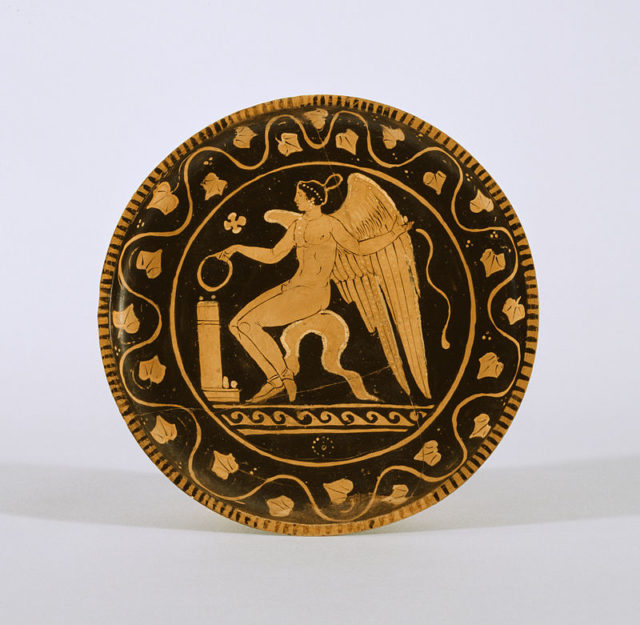
On the other hand, Cupid is almost always referred to as the son of Venus in Latin literature. But according to Cicero, there were three Venuses and three Cupids as well. One of the Cupids was the son of Diana and Mercury. The second Cupid was the son of Mercury and the second Venus, while the third Cupid was the son of the third Venus and Mars. One of the Cupids is the equivalent of Erotes, the collective of gods associated with love and sex, while the last one is the equivalent of Anteros, the god of “counter-love.” In the later classical tradition, it had been agreed on that Cupid’s parents were Venus and Mars which is an allegory of Love and War.
Besides all meanings and symbolism about love, falling in love, desire, and “counter-love,” the most interesting moment associated with Cupid is his wings. In semantics, the reason why Cupid is represented with wings is that lovers are free to “fly away from each other.” They are free to change their minds. Also, the reason why Cupid is boyish and there is no version representing him as a man is because love is irrational. He has arrows and torches because love might wound one and inflame the heart.
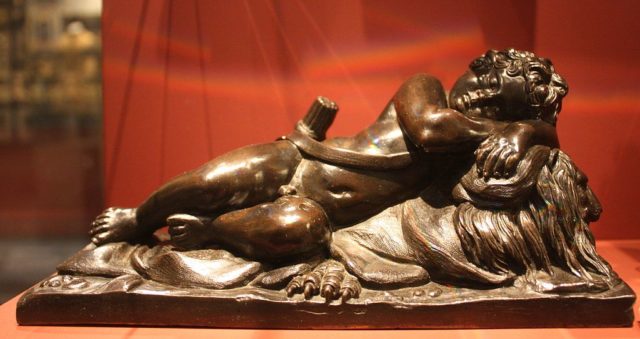
These interpretations had been summarized by Isidore, Archbishop of Seville, in 636 AD. Sometimes, Cupid is portrayed as blindfolded.
It is never interpreted as Cupid being sightless, but rather as narrow-minded.
